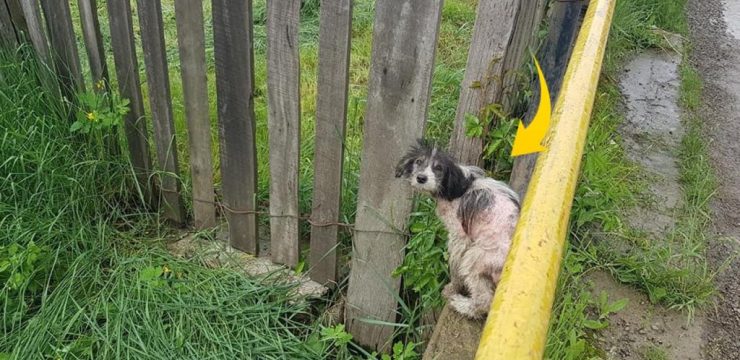If you come across an insect called the lanternfly, also known by its scientific name Lycorma delicatula, take action immediately. This pest might look harmless, but it’s a significant threat to both agriculture and our natural environment. Originally from China, the lanternfly was first discovered in the United States in Pennsylvania back in 2014. Since then, it has spread to numerous states, causing severe ecological and agricultural damage.

What Makes Lanternflies So Dangerous?
Lanternflies feed on the sap of a wide range of plants and trees. By sucking out the nutrients, they weaken these plants, leaving them vulnerable to other stressors and diseases. What’s worse is that they excrete a sticky substance called honeydew, which encourages the growth of sooty mold. This mold can blanket leaves and stems, disrupting the plant’s ability to carry out photosynthesis—the process that keeps them alive. It’s not just bad for the plants either; the mold can spread to surrounding vegetation, causing widespread damage.
The agricultural industry has taken a huge hit because of these pests. Lanternflies are particularly harmful to crops like grapes, hops, and apples, making them a serious threat to wineries, breweries, and farmers across affected regions. The cost of managing these pests and dealing with their damage continues to mount, making it crucial for everyone to be aware of their presence and take action.
How to Identify a Lanternfly
Lanternflies have a distinct appearance that makes them fairly easy to recognize if you know what to look for. Adults grow to about one inch in length and have gray wings with black spots. The undersides of their wings are red and black, which can make them quite striking when they’re in flight. The nymphs, or immature lanternflies, are smaller and change in color as they grow. They start out black with white spots and eventually turn red before reaching adulthood.
These pests use a needle-like mouthpart to pierce through the bark of trees and plants. Once they make an opening, they suck out the sap, essentially draining the plant of its energy and life force. This damage can add up quickly, leading to wilting, reduced growth, and even death for vulnerable plants.
What to Do if You See a Lanternfly
If you spot a lanternfly, don’t hesitate—get rid of it. The simplest way to do this is to squash it on sight. Killing the adult lanternflies and nymphs is an effective way to reduce their population and limit their spread.
Another important way to fight this invasive insect is to target its egg masses. Lanternflies lay eggs that look like small, gray patches of mud smeared on smooth surfaces, such as tree trunks, rocks, or outdoor furniture. If you find an egg mass, scrape it off with a firm object and place it in a bag filled with alcohol or hand sanitizer to kill the eggs. This step is crucial in reducing the number of new lanternflies hatching in the spring.
Why Everyone Needs to Help
Protecting our ecosystems from the lanternfly isn’t just a job for farmers or scientists—it’s something everyone can help with. The rapid spread of this pest is partly due to its ability to hitch a ride on vehicles, firewood, and outdoor equipment. By inspecting and clearing off these pests before they can travel to a new location, each of us can help slow their advance.
Acting quickly when you see a lanternfly is one small step that can make a big difference. By reducing their numbers and preventing their spread, we can protect our crops, trees, and the overall health of our environment.





